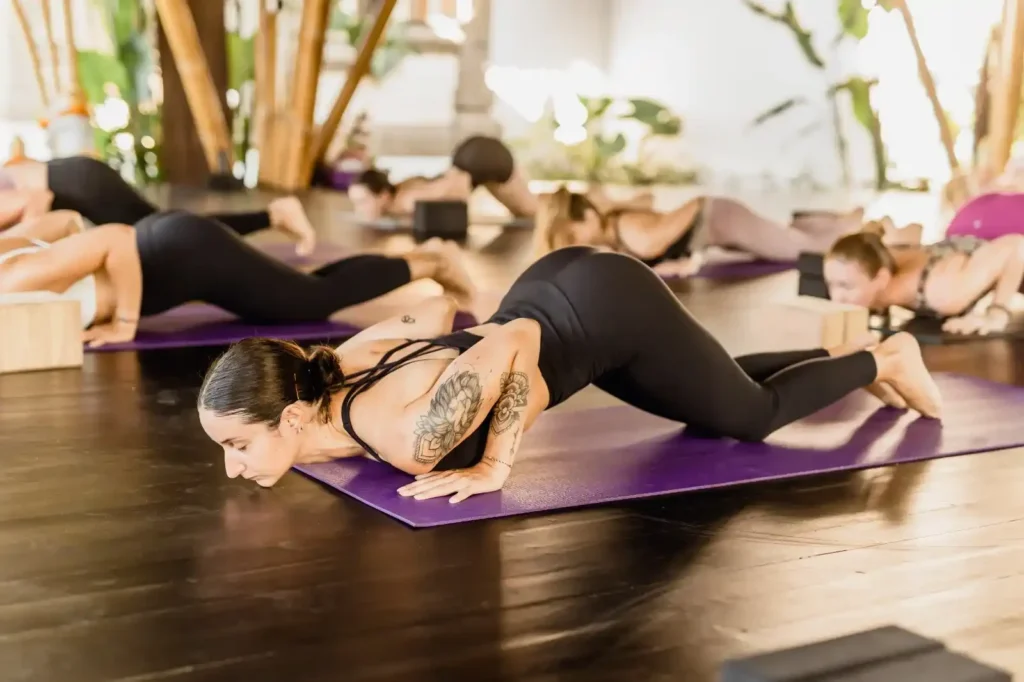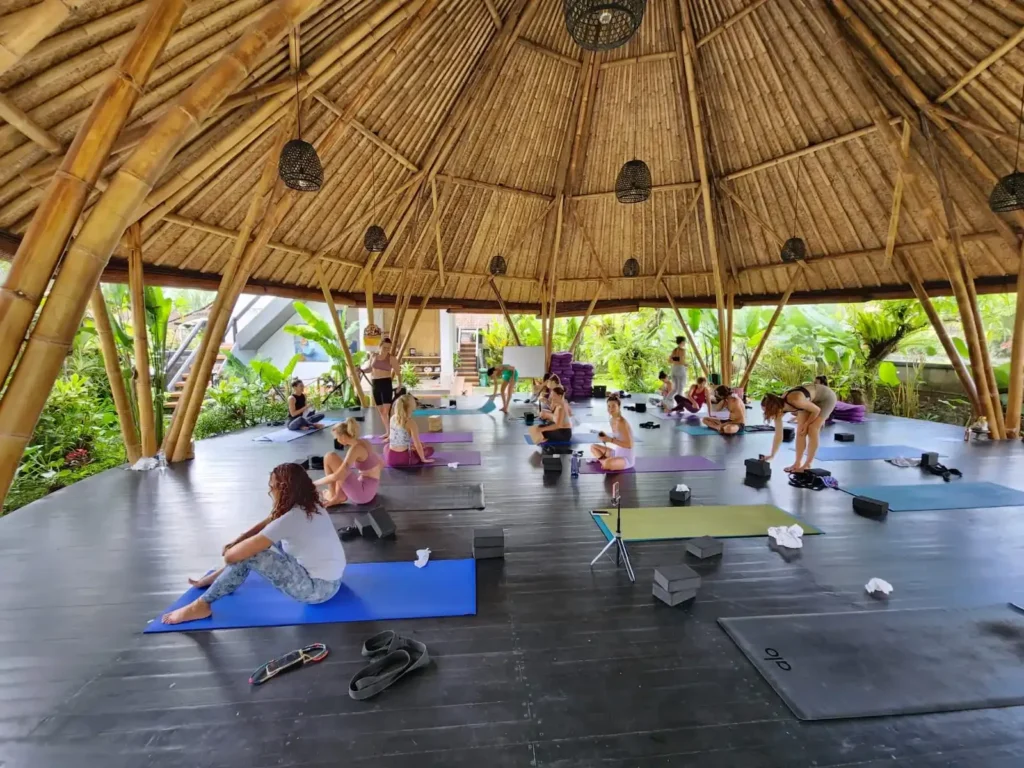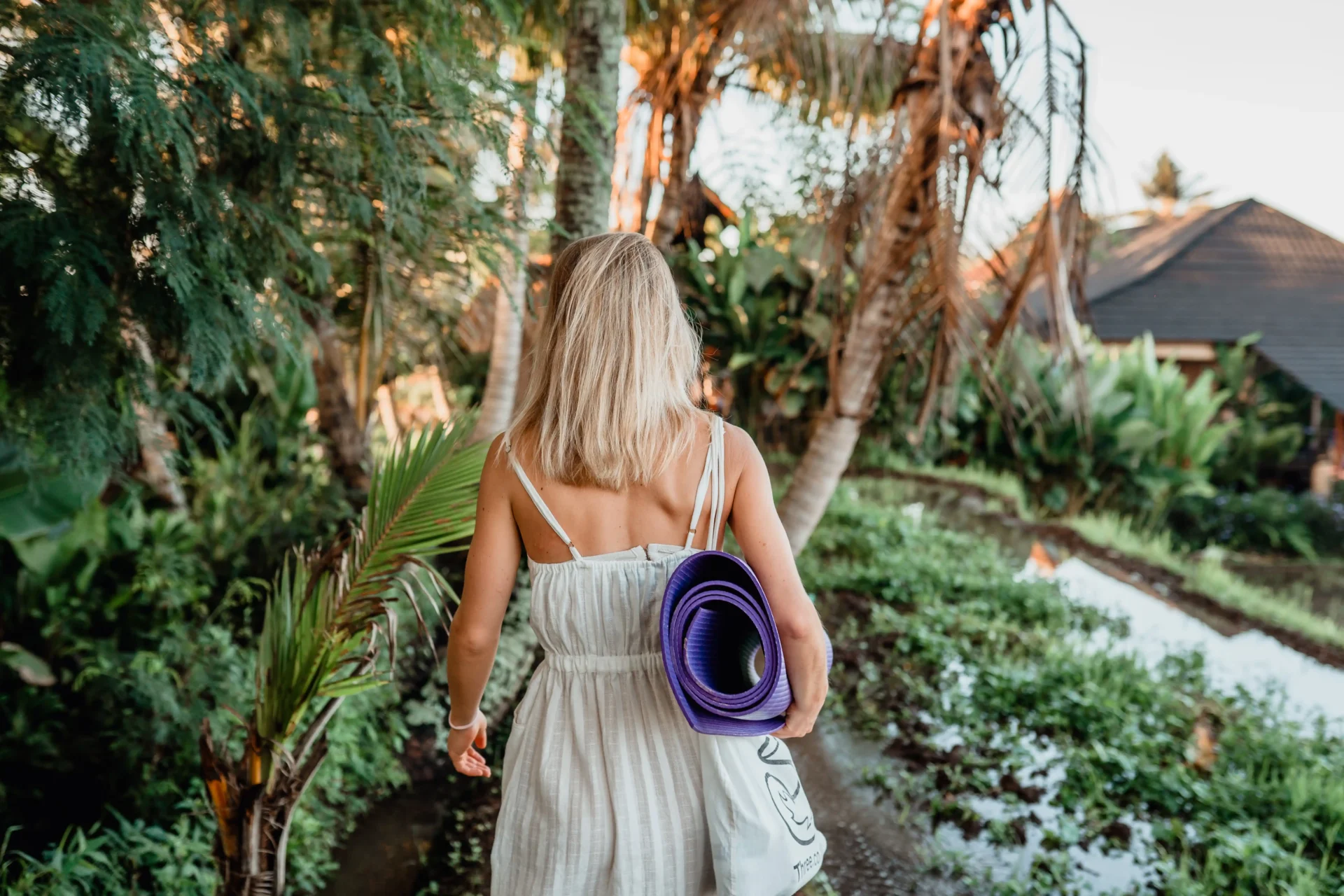When you think about yoga equipment, you might picture a minimalist setup. For example, a simple mat, perhaps a towel. But the right yoga props can do more than just add comfort. They can support your alignment, prevent injuries, and help you grow in your practice. No matter your level. Whether you’re a curious beginner or a seasoned yogi, investing in the right tools can make your practice safer, deeper, and more enjoyable.
Let’s explore the essential yoga equipment you might want to include in your practice and why these tools aren’t just for those starting out.
The Foundation of Your Practice: The Yoga Mat
If there’s one item every yogi needs, it’s a yoga mat. More than just a surface to stand on, a mat provides grip, stability, and cushioning. It helps you stay balanced, especially in poses where your hands and feet are grounded. Without it, even a gentle flow can turn slippery, especially if you’re practicing on tile or hardwood floors.
Why it’s for everyone:
While beginners benefit from the safety and support a good mat provides, experienced practitioners appreciate the durability and responsiveness of a high-quality mat. It can even help refine your technique by encouraging proper weight distribution and alignment.
Tip: Look for a mat that balances grip and comfort. Not too sticky, not too soft. Brands like Manduka offer great long-term investments.

Yoga Blocks: Your Support System
Yoga blocks often get labeled as “beginner tools,” but that’s far from the truth. These simple foam or cork blocks help bring the ground closer to you, allowing for proper alignment in standing, seated, or balancing postures. They offer support in poses like Triangle (Trikonasana), Extended Sideangle (Utthita Parsvakonasana) and Half Moon (Ardha Chandrasana).
Why they’re for everyone:
Beginners use them to bridge the gap in flexibility. People who practice longer might use them to add challenge or support deeper exploration of a pose. Blocks also help you stay aligned without collapsing into joints or overextending muscles.
Tip: Keep two blocks nearby. Even if you only use one, having the option for both hands or legs provides versatility.
Yoga Strap: Extend Your Reach
A yoga strap acts like an extension of your arms or legs, making it easier to access deeper stretches without straining. Whether you’re reaching for your feet in a forward fold or opening your shoulders in a bind, a strap helps you hold the pose without compromising your form.
Why it’s for everyone:
We love it for hamstring stretches or shoulder openers. A strap can be a tool to refine posture and build flexibility progressively, especially in advanced binds or balancing poses.
Tip: If you don’t have a strap, a hand towel or belt can work in a pinch. However, make sure it’s secure and comfortable to grip.
Bolsters and Cushions: For Comfort and Stillness
Bolsters are long, firm cushions used in different yoga styles like restorative yoga, Yin yoga, or during Savasana. They help support the body in passive poses, making it easier to stay in them longer without discomfort.
Why they’re for everyone:
While beginners might use bolsters to ease into relaxation, seasoned practitioners value them for deepening breathwork, supporting meditation, and enhancing recovery.
Tip: At home, you can substitute with a firm pillow or a rolled-up blanket if you’re just starting out.
Yoga Towels: Stay Dry, Stay Grounded
Sweat happens,especially in more active styles like Vinyasa or hot yoga. A yoga towel (either a small hand towel or a full mat-length one) helps absorb moisture and keeps your grip steady.
Why they’re for everyone:
Beginners may sweat from effort, while experienced practitioners may sweat from intensity. Towels keep you from slipping and help extend the life of your mat.
Tip: A hand towel can double as a mini prop or makeshift strap. A damp towel over the mat can actually enhance grip during sweaty sessions.

Optional but Helpful: Knee Pads and Wall Space
If you have sensitive knees or practice on hard surfaces, a knee pad or extra cushioning can make all the difference. Using a wall for support during balancing poses or inversions is another excellent way to build confidence.
Why they’re for everyone:
These aren’t just beginner hacks. They’re smart ways to listen to your body and practice safely.
Tip: Garden kneeling pads make great portable yoga equipment knee pads!
Why Props Aren’t “Cheating”
There’s a common misconception that using props means you’re doing less. In reality, props allow you to do more, with better awareness and fewer injuries. They support your body, meet you where you are, and help you explore where you’d like to go.
Even yoga teachers and long-time practitioners rely on props. They use blocks to deepen stretches, straps to improve alignment, and bolsters to recover between strong practices.
Final Thoughts: Build a Practice That Supports You
Yoga equipment isn’t about doing it the “right” way. It’s about making your practice work for your body. Whether you’re a beginner or experienced yogi, the right props can help you feel more confident, safe, and grounded on your mat.
You don’t need to buy everything at once. Start with the basics: a good mat and a set of blocks. Then add a strap, bolster, and towel as you grow. And remember: props aren’t a crutch. They’re tools to help you explore, progress, and enjoy every breath of your yoga journey. If you’re ready to deepen your practice or take the next step in your yoga path, check out the Yoga Teacher Training courses at the best yoga in Bali: Yoga Union Bali.

